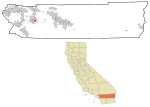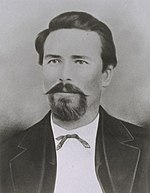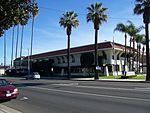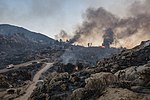Hemet Academy of Applied Academics and Technology
HAAAT - Hemet Academy of Applied Academics and Technology was a high school in Hemet, California. It served 180 students all throughout Hemet, San Jacinto and surrounding areas. The school is operated by the Hemet Unified School District. HAAAT - Hemet Academy of Applied Academics and Technology's mascot is the Gecko. HAAAT was previously located at 26400 Dartmouth St. The school has since been relocated to the former Santa Fe Middle School campus as of summer 2008. Students have been attending here this new campus since the 2008-2009 school year. This campus also hosts other programs, such as MSJC classes, a branch of the Advance Path Academics school, and Helen Hunt Jackson School. HAAAT closed in 2013 and was replaced by College Prep High School.
Excerpt from the Wikipedia article Hemet Academy of Applied Academics and Technology (License: CC BY-SA 3.0, Authors).Hemet Academy of Applied Academics and Technology
Dartmouth Street,
Geographical coordinates (GPS) Address Nearby Places Show on map
Geographical coordinates (GPS)
| Latitude | Longitude |
|---|---|
| N 33.7375 ° | E -116.93666666667 ° |
Address
Dartmouth Street 26498
92544
California, United States
Open on Google Maps







